8 Ancient Civilizations That Don’t Make the History Books
Most history books highlight major civilizations, but several ancient cultures have remained hidden from mainstream knowledge. These forgotten societies left behind remarkable legacies that shaped regions and societies long ago. Their contributions, often overlooked, are just as fascinating as those of more famous civilizations. In fact, they played pivotal roles in advancing arts, sciences, and technologies.
This post may contain affiliate links, which helps keep this content free. Please read our disclosure for more info.
The Indus Valley Civilization
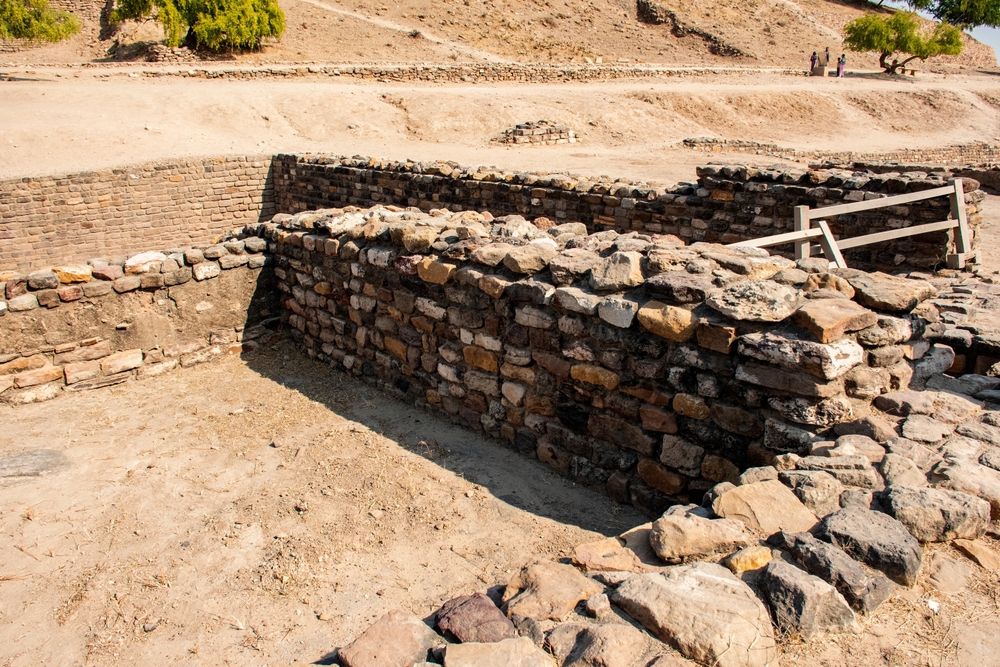
The Indus Valley Civilization flourished around 3300 BCE to 1300 BCE in present-day Pakistan and northwest India. Known for its advanced urban planning, it featured cities like Harappa and Mohenjo-Daro, which had well-organized streets and drainage systems. This civilization was remarkable for its art, craft, and trade networks, which spanned regions from Mesopotamia to Central Asia. The cause of its decline remains a mystery, with theories ranging from climate change to invasions.
Despite their advancements, much of the Indus Valley’s writing system remains undeciphered, leaving many aspects of their culture and society unknown. The discovery of the civilization only came in the early 20th century, sparking global interest. Their economy was based on agriculture, with evidence of farming wheat, barley, and cotton. Today, the Indus Valley is recognized as one of the earliest examples of complex urban societies.
The Olmec Civilization
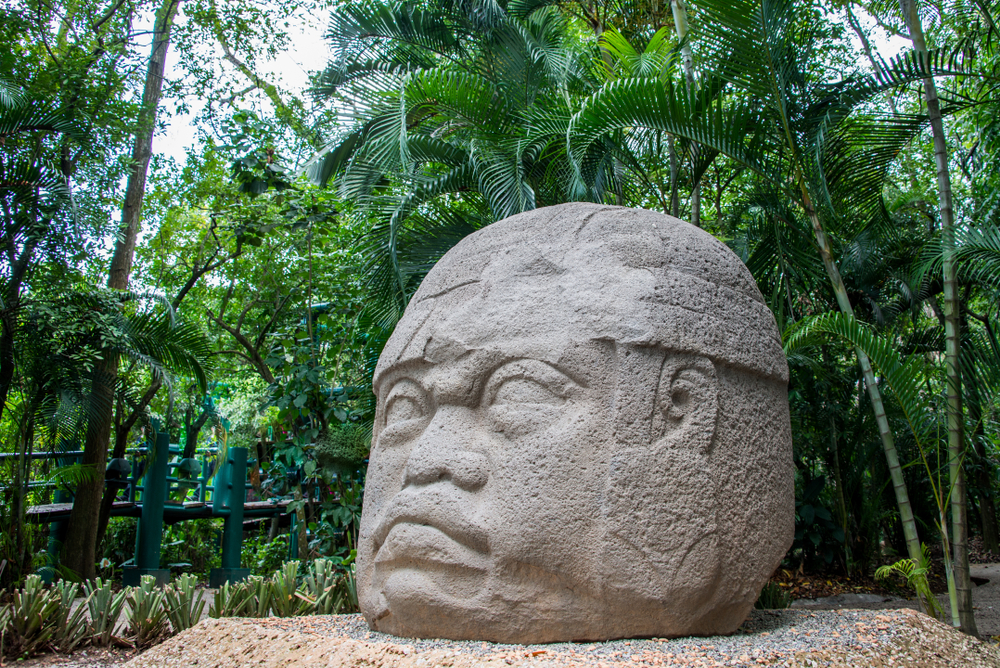
The Olmec Civilization, known as the “Mother Culture” of Mesoamerica, existed around 1200 BCE to 400 BCE in what is now Mexico. They are best known for their colossal stone heads, which weigh several tons and reflect their advanced engineering. The Olmecs also developed an early writing system and a calendar, both influential in later Mesoamerican cultures. Their society had a strong religious component, with deities often associated with jaguars and other animals.
Though the Olmecs left behind impressive artifacts, their written language and social structures remain a mystery. Their decline remains unclear, though it may have been linked to environmental changes. Despite their disappearance, their influence can be seen in the Mayan and Aztec civilizations. The Olmecs laid the groundwork for many of the cultural practices that followed in the region.
The Hittite Empire
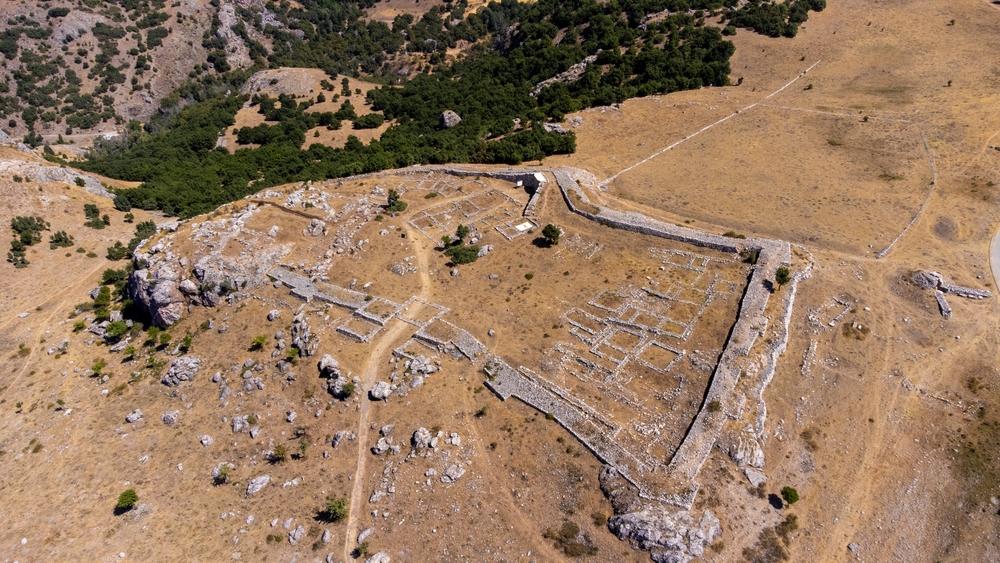
The Hittite Empire, which peaked around 1600 BCE to 1178 BCE in modern-day Turkey and Syria, was a major power in the ancient Near East. They are most famous for their advanced legal system and their use of chariots in battle. The Hittites also developed a system of cuneiform writing, which helped them maintain detailed records. They engaged in numerous conflicts with Egypt, including the famous Battle of Kadesh, one of the largest chariot battles in history.
Despite their power, the Hittite Empire collapsed mysteriously, and their achievements were soon forgotten. Some historians believe it was due to invasions from the Sea Peoples or internal turmoil. However, their contributions to law, literature, and military strategy influenced many later civilizations. Much of their history was rediscovered in the 20th century through archaeological excavation.
The Minoan Civilization
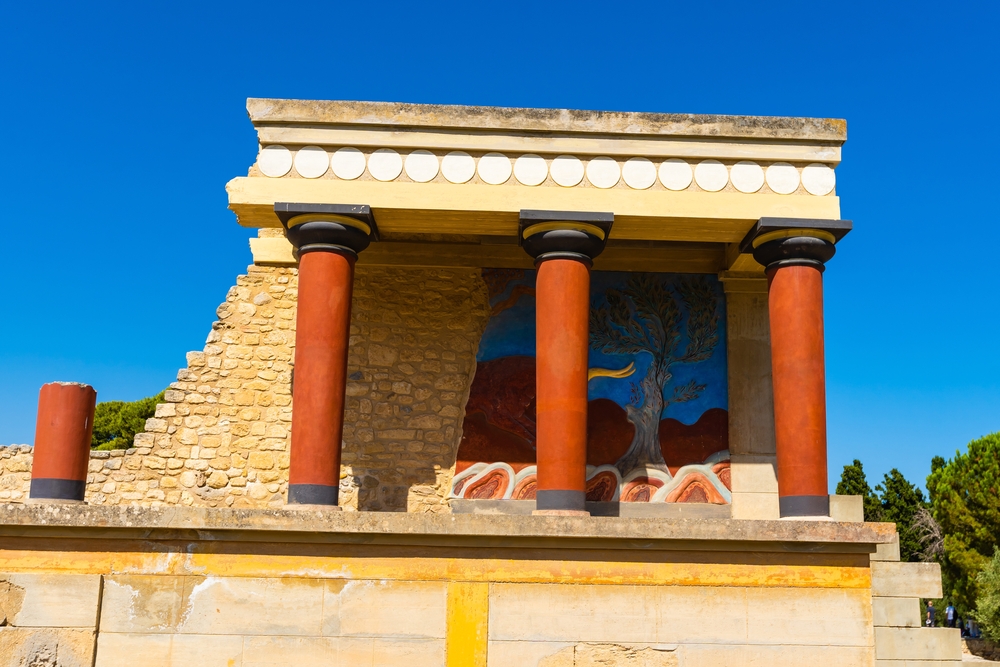
The Minoan Civilization thrived on the island of Crete from around 2000 BCE to 1450 BCE and is often considered Europe’s first advanced society. Known for their impressive palaces, such as the one at Knossos, the Minoans were skilled in trade, art, and metallurgy. They also developed a form of writing known as Linear A, though it has yet to be fully deciphered. Their maritime trade network extended as far as Egypt and the Near East.
While the Minoans were highly advanced, their civilization mysteriously collapsed around 1450 BCE. Some theories suggest that volcanic eruptions, such as the eruption of Thera, may have contributed to their downfall. Despite their disappearance, the Minoans left behind a rich legacy of art and architecture. Today, their culture is seen as a precursor to the ancient Greeks.
The Sumerian Civilization
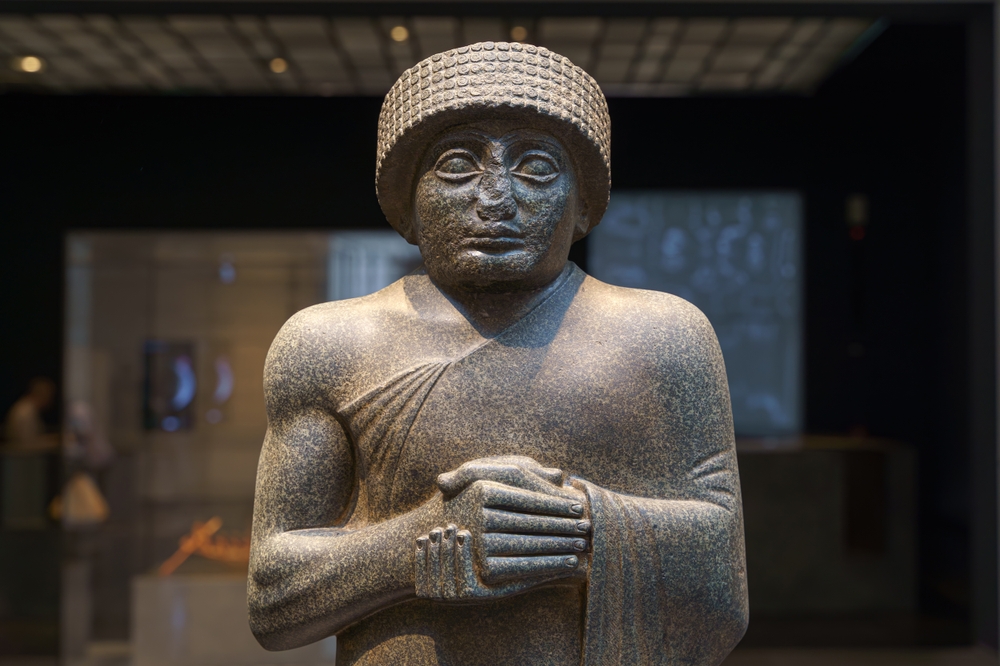
The Sumerians, who lived in ancient Mesopotamia around 4500 BCE to 1900 BCE, are credited with creating one of the earliest known forms of writing, cuneiform. They built the first cities, including Ur and Eridu, and are known for their impressive ziggurats, which served as religious temples. The Sumerians also made significant advances in mathematics, astronomy, and law, with the Code of Ur-Nammu being one of the first legal codes.
Despite their significant contributions to civilization, the Sumerians were eventually absorbed by the Akkadians and later empires. Their language and culture left a lasting imprint on the region, particularly through their religious and legal systems. The rediscovery of their writings in the 19th century provided a window into their complex society. The Sumerians are often regarded as the founders of early urban civilization.
The Nabateans

The Nabateans were a nomadic Arab people who established the kingdom of Nabatea around 4th century BCE to 2nd century CE, centered in modern-day Jordan, Syria, and Saudi Arabia. They are best known for their capital city of Petra, which is carved into the rocks of the desert. The Nabateans controlled key trade routes, making them wealthy and influential in the ancient world. They were skilled in water management, using advanced techniques to harvest and store rainwater in the desert.
Their influence extended throughout the Arabian Peninsula and beyond, but much of their history was erased after the rise of the Roman Empire. Petra remained their most enduring legacy, although the Nabateans themselves were absorbed into Roman culture. The rediscovery of Petra in the early 19th century helped bring the Nabateans back into the spotlight. Despite their relative obscurity, their achievements in engineering and trade were unparalleled in their time.
The Kingdom of Axum
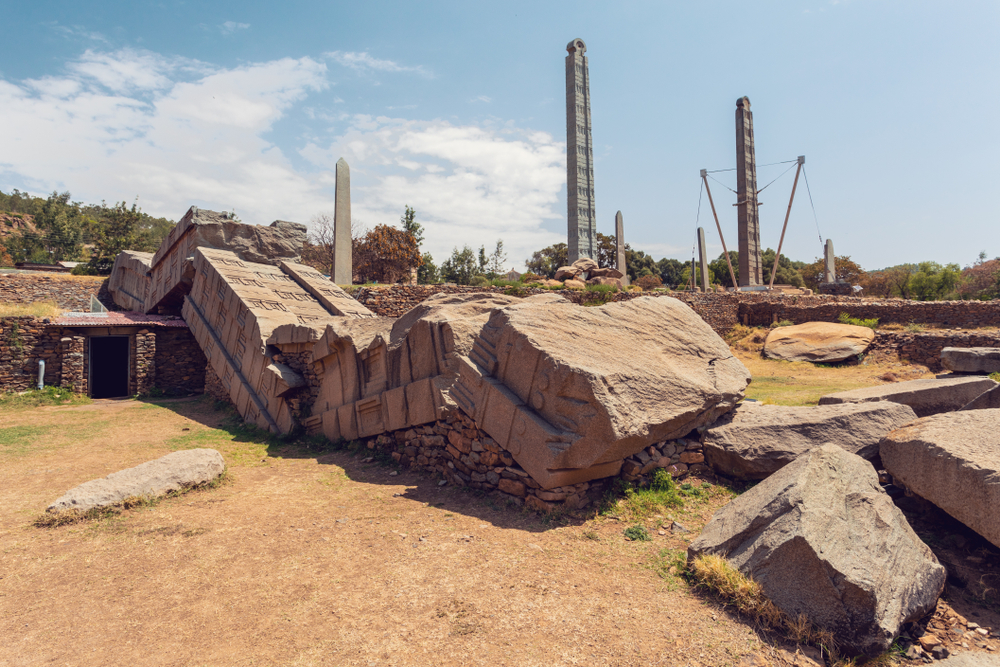
The Kingdom of Axum, which existed from around 100 CE to 940 CE in modern-day Ethiopia and Eritrea, was a powerful empire in the Horn of Africa. Axum was an early adopter of Christianity, making it one of the first Christian kingdoms in the world. The kingdom was known for its impressive obelisks, coinage, and trade networks that extended into the Mediterranean and India. Axum’s economy thrived through agriculture and its strategic location along the Red Sea.
The decline of Axum is attributed to a combination of environmental changes, shifts in trade routes, and internal conflicts. Despite this, Axum’s legacy continues to be felt in Ethiopia, particularly through the Ethiopian Orthodox Church. The kingdom’s rich history, though largely forgotten, provides key insights into ancient African civilizations. Axum’s role in the spread of Christianity in Africa is an important chapter in world history.
The Phoenicians
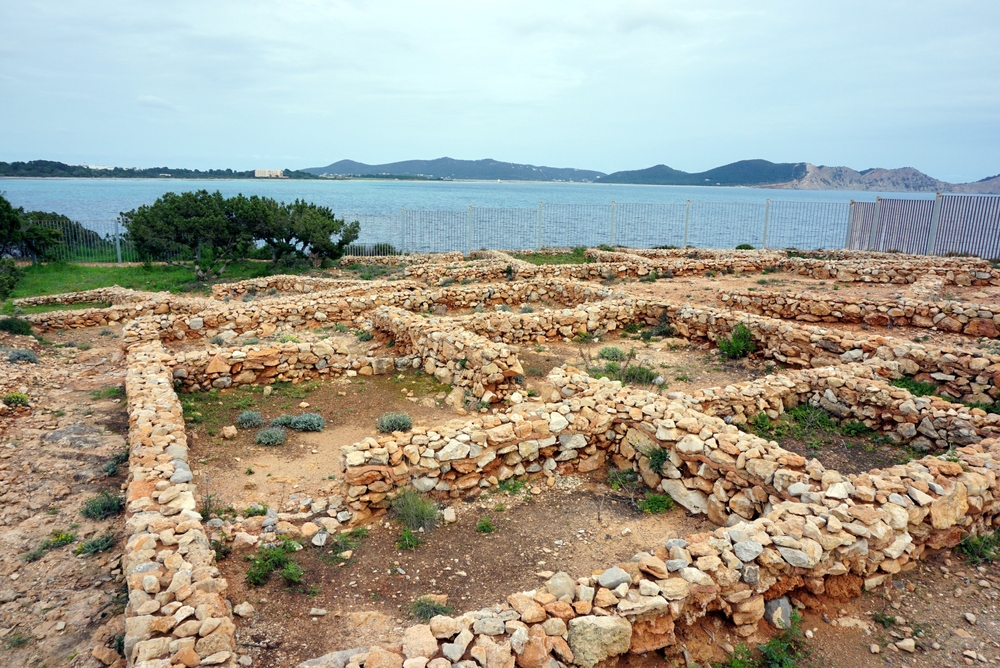
The Phoenicians were a seafaring people who thrived from around 1550 BCE to 300 BCE, primarily in the region of modern-day Lebanon. They are credited with developing the first alphabet, which greatly influenced writing systems in the ancient world. The Phoenicians were expert shipbuilders and traders, establishing colonies throughout the Mediterranean, including Carthage and modern-day Tunisia. They also introduced purple dye, which became a symbol of royalty in ancient cultures.
Though the Phoenicians eventually became part of the Roman Empire, their cultural contributions remained influential. Their alphabet was adopted and adapted by the Greeks and later by the Romans, shaping the writing systems used today. The Phoenician economy, based on trade, allowed them to become one of the most prosperous ancient civilizations. Much of their history is preserved through archaeological sites and ancient texts, yet they are often overshadowed by other Mediterranean cultures.
This article originally appeared on Avocadu.
